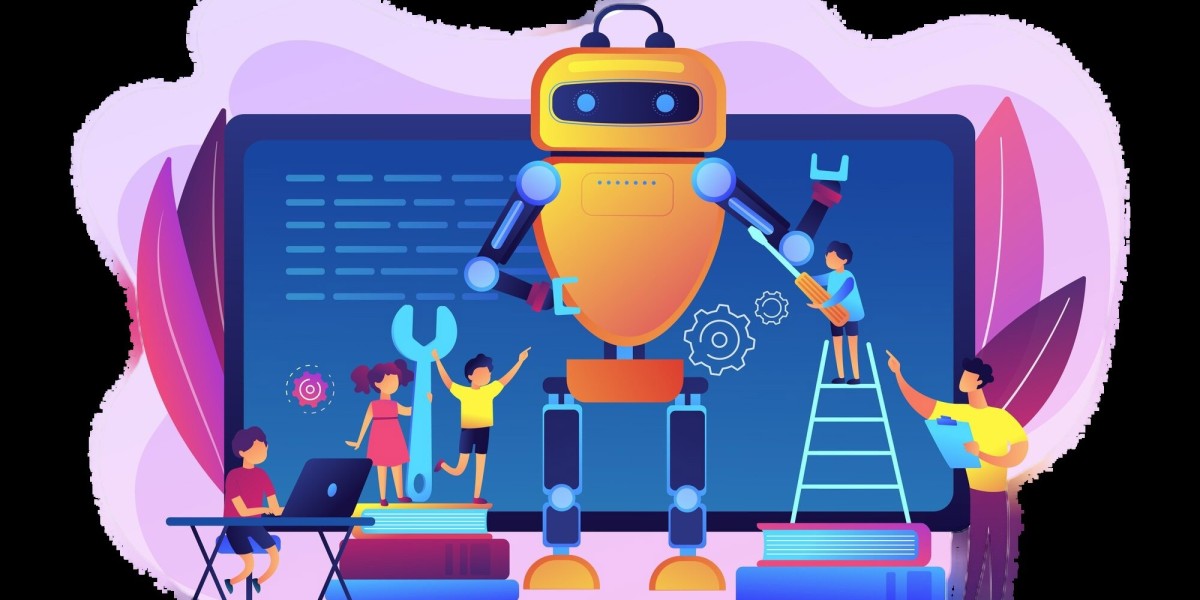1. What is PLC?
A Programmable Logic Controller (PLC) is an industrial computer system designed to monitor inputs from sensors, execute logic-based control programs, and manage outputs to control machinery or processes.
2. What are the Different Types of PLC?
- Fixed/Integrated/Compact PLC
- Modular PLC
3. What is the Difference Between Compact PLC and Modular PLC?
- Compact PLC: Combines CPU, I/O modules, and power supply in a single unit. It is cost-effective but offers limited expansion options.
- Modular PLC: Consists of separate modules for CPU, I/O, and power supply, offering flexibility and scalability.
4. What is the Difference Between Analog and Digital Signals?
- Analog Signal: Continuous signals (e.g., 0–10V, 4–20mA).
- Digital Signal: Binary signals (e.g., ON/OFF, 0 or 1).
Signal handling is a core part of PLC SCADA courses.
5. What is Redundancy in a PLC Control System?
Redundancy involves using a backup PLC system to ensure continuous operation during a primary PLC failure. This enhances system reliability and reduces downtime.
6. What are the Basic Components of a PLC System?
- Power Supply Unit
- Central Processing Unit (CPU)
- Input/Output (I/O) Modules
- Communication Unit
- Memory Unit
These components are explained in-depth in PLC SCADA courses.
7. Why Do Industries Use PLCs for Process Control?
- Faster Response Time
- Real-Time Operation
- Easy Troubleshooting
- High Reliability
- Flexibility in Programming
- Support for Multiple I/O Devices
8. What is a Sensor?
A sensor detects physical changes (e.g., temperature, pressure, or motion) and converts them into electrical signals for PLC processing.
9. Which Programming Languages Are Used in PLC?
The IEC 61131-3 standard defines five primary PLC programming languages:
- Ladder Diagram (LD)
- Functional Block Diagram (FBD)
- Structured Text (ST)
- Instruction List (IL)
- Sequential Function Chart (SFC)
These are extensively taught in PLC SCADA training programmes.
10. What is Ladder Diagram Programming?
A Ladder Diagram (LD) uses graphical symbols to represent control logic, resembling an electrical circuit diagram.
11. What is Structured Text Programming?
Structured Text (ST) is a high-level textual programming language that uses conditional statements and loops.
12. What is Functional Block Diagram (FBD) Programming?
FBD represents control logic using graphical blocks, such as logical gates, timers, and counters.
13. What is CFC in PLC?
Continuous Function Chart (CFC) is a graphical programming tool that allows free arrangement and connection of control blocks.
14. What is a Rack or Chassis in a PLC System?
A rack or chassis is a physical housing for PLC components like CPU, power supply, and I/O modules. It ensures proper connection and power distribution.
15. What are Active and Passive Backplanes in PLC?
- Active Backplane: Includes communication and power distribution capabilities.
- Passive Backplane: Functions as a simple connector without communication support.
16. What are Program Mode, Run Mode, and Test Mode in PLC?
- Program Mode: Modify and download PLC programs.
- Run Mode: Execute control logic continuously.
- Test Mode: Partially execute program logic for testing purposes.
17. What are Common PLC Communication Protocols?
- RS-232/RS-485
- Modbus RTU/TCP
- Profinet
- Ethernet/IP
- DeviceNet
- Profibus DP
18. Why is a 4-20 mA Signal Used in PLC?
The 4-20 mA signal is a standard for transmitting analog sensor data to PLCs, offering noise resistance and accuracy.
19. What are the Types of PLC Modules?
- Digital Module
- Analog Module
- Temperature Module
- Pulse/Encoder Module
- High-Speed Module
20. What is an Analog Module?
Analog modules handle continuous signals (e.g., voltage or current) from sensors or to actuators.
21. What is a Digital Module?
Digital modules handle ON/OFF signals from devices like switches, pushbuttons, and relays.
22. What is a Scan Cycle in PLC?
The scan cycle is the sequence in which a PLC reads inputs, executes logic, and updates outputs in real-time.
23. What is Sinking and Sourcing in PLC?
- Sinking: Current flows from the load to the PLC input terminal (negative connection).
- Sourcing: Current flows from the PLC output to the load (positive connection).
24. What Are PLC Data Types?
- Boolean: True/False
- Integer: Whole numbers
- Real: Decimal numbers
- String: Text data
Understanding data types is a core focus of PLC training programmes.
25. What Are the Top PLC Manufacturers and Models?
- Siemens: S7-300, S7-400, S7-1200, S7-1500
- Allen Bradley: MicroLogix, CompactLogix, ControlLogix
- ABB: AC500, AC800
- Honeywell: HC900, Experion PKS
- Mitsubishi: MELSEC FX, Q, L Series
- Schneider Electric: Modicon M221, M241, M258, M340, M580
- Omron: CP1H, CJ2, CS1, NX1P, NX7
- Panasonic: FP-X, FP2
These PLC systems are extensively covered in PLC programming courses.
Cognidel is a leading provider of PLC programming courses in Bangalore, offering a specialized curriculum designed to equip students with the technical expertise needed in the field of industrial automation. The courses focus on key areas such as Programmable Logic Controllers (PLC) programming, troubleshooting, and SCADA systems, providing hands-on training and real-world project experience. With experienced instructors, cutting-edge facilities, and a curriculum aligned with industry standards, Cognidel ensures that students are well-prepared to take on roles in automation and control systems. The institute also offers flexible learning options, personalized mentorship, and strong placement support, making it the preferred choice for aspiring automation professionals in Bangalore.
Naijamatta is a social networking site,
download Naijamatta from Google play store or visit www.naijamatta.com to register. You can post, comment, do voice and video call, join and open group, go live etc. Join Naijamatta family, the Green app.
Click To Download


